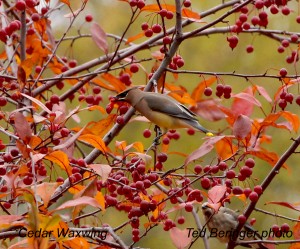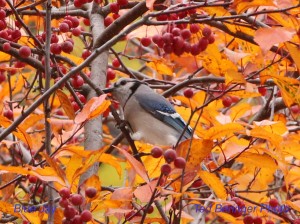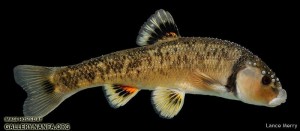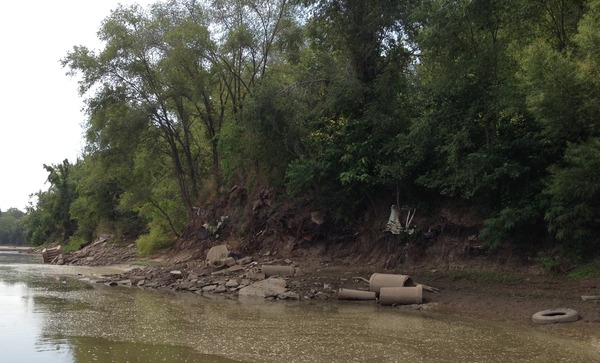Plant a Prairie Fire Crabapple Tree to Feed Birds in Autumn and Winter.
Prairie Fire crabapple (Malus) is a slow growing deciduous tree that produces small crabapples (half inch diameter) that can be made into jam or allowed to hang on the tree for birds when many other food sources are scant. In the spring before many leaves appear, it produces prolific blooms emerging as dark red flowers and evolving to pinkish red. The early spring foliage is purplish that changes to green in the early summer, then finally into beautiful reddish orange in the fall. The small crabapples are very edible but have a bitter taste early, then becoming very tart with a hint of sweetness. Perfect for your best jam recipe. So don’t pick them too early. The crabapples will persist on the tree into winter even after a hard freeze but many will fall on the ground before becoming ripe. Birds won’t touch them until they are ripe. The fruit becomes most attractive to birds seemingly after the first frost. Once a few birds begin to harvest the fruit, other birds flock to the tree to avoid missing out. Many fruits fall to the ground and can become a mess if the tree is planted near a sidewalk or driveway where
mine is. My tree attracts Robins, Sparrows, Blue Jays, Chicadees and Cedar Waxwings. Each year for several weeks during the fall or winter you’ll wonder why the birds haven’t noticed the crabapples on the tree; but they’ve been keeping track. And then all of a sudden, all of these birds may visit my tree all at one time, flying in and out of it and making a riot of noise. Another important attribute is its resistance to diseases like apple scab, cedar-apple rust, fireblight and mildew. In some parts of the country they may get apple maggot but unlikely in Kansas. My tree is 20 years old and has never had a single disease or insect problem. Its smaller branches can occasionally grow in a rather disorganized manner at times, directing their growth towards the ground. If you don’t like this wild characteristic and you prefer more formally shaped trees, this tree may not be for you. But the birds will love it.
-by Ted Beringer





